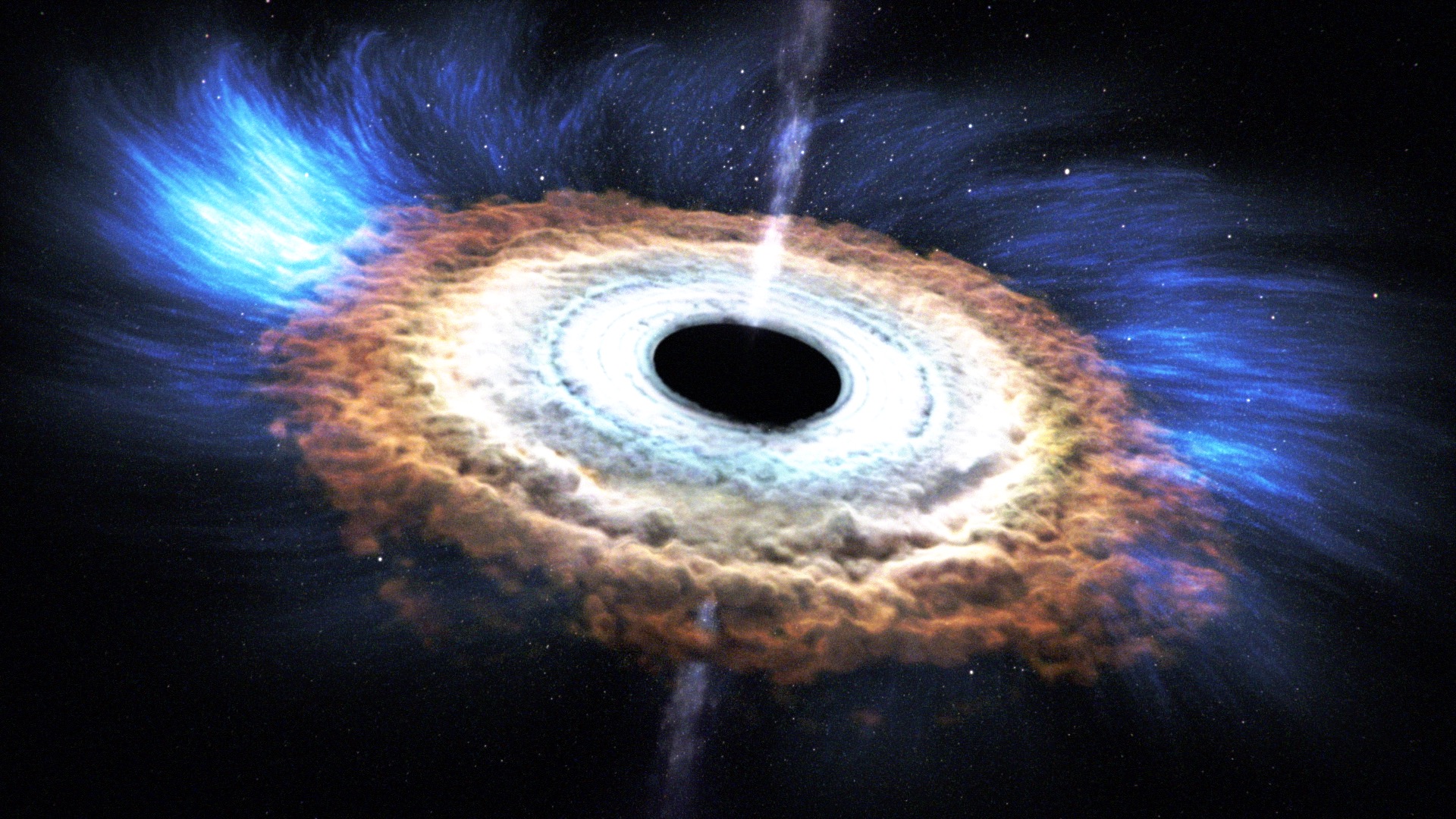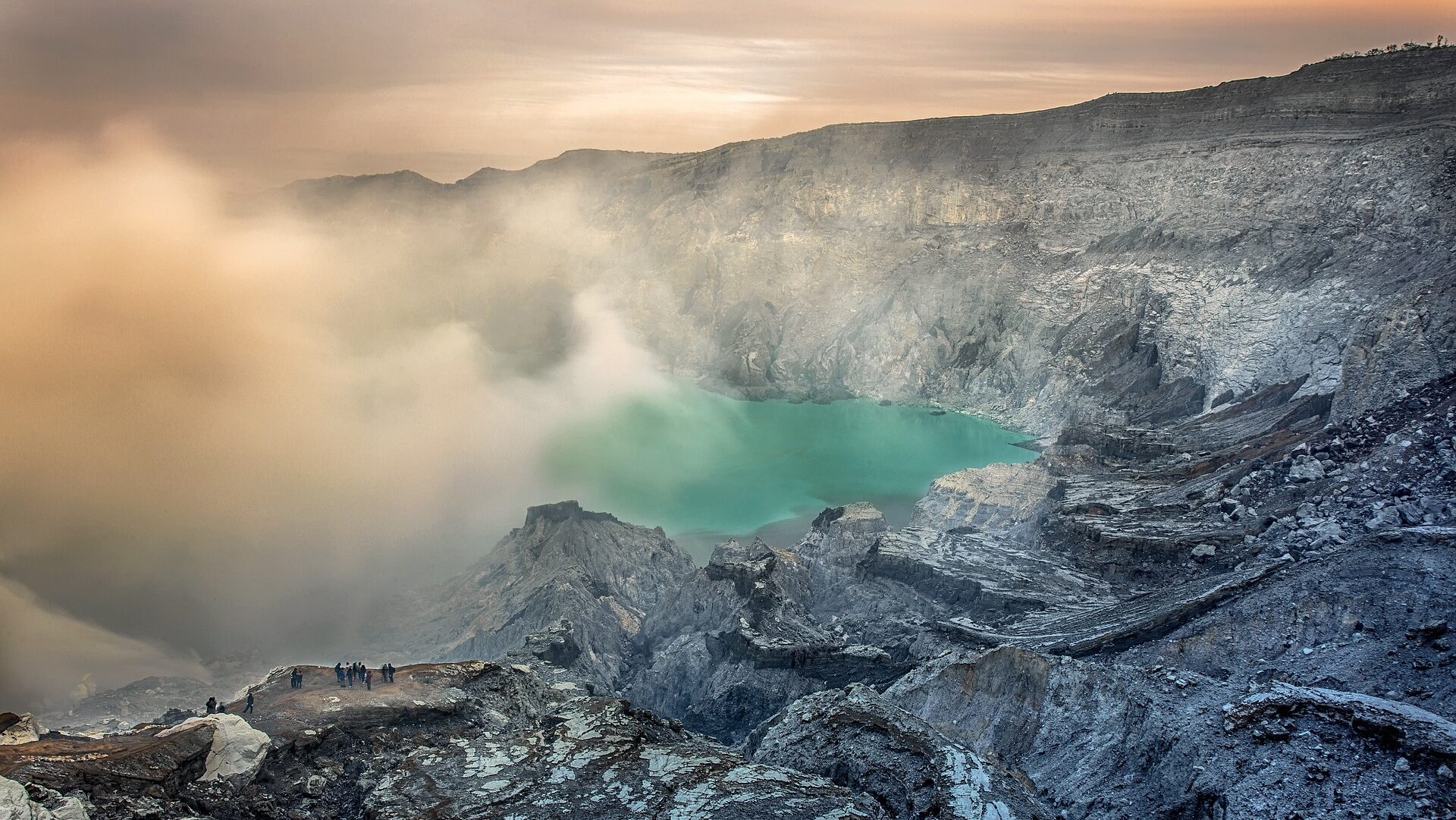Reading Time – 10 Minutes, Difficulty Level 2/5
The cosmos, an infinite expanse of wonder and mystery, has always captivated the human imagination. In our relentless quest to decipher the universe’s enigmas, we have harnessed a remarkable tool: neutrinos—tiny, nearly massless particles. Neutrino astronomy, a relatively young and rapidly evolving field, offers fresh perspectives on the universe’s most elusive corners. In this comprehensive exploration, we will embark on a captivating journey into the realm of neutrino astronomy, delving deep into neutrino origins, detection methods, groundbreaking discoveries, and the profound implications it has for our understanding of the cosmos.
The Neutrino: A Cosmic Messenger
Neutrino Basics
Neutrinos, the “ghostly” particles of the universe, are electrically neutral and nearly massless, making them exceedingly elusive. They interact with other matter via the weak nuclear force, rendering them extremely challenging to detect. However, these very properties grant neutrinos the unique ability to traverse vast cosmic distances without being significantly affected by intervening matter or magnetic fields.
Neutrinos in the Standard Model of Particle Physics
Initially, neutrinos were considered massless and were incorporated into the Standard Model of particle physics as mysterious particles with minimal interactions. However, experimental evidence has since confirmed that neutrinos have mass, shattering the once-solid framework of the Standard Model and posing profound questions about the nature of these elusive particles.
Neutrinos from Stellar Processes
Deep within the cores of stars, nuclear fusion is an incessant, blazing inferno. It is within these stellar crucibles that neutrinos are born in staggering numbers, especially in stars like our sun. These solar neutrinos serve as cosmic messengers, providing unparalleled insights into stellar processes, nuclear fusion, and the fundamental forces governing the universe. Moreover, when a massive star reaches the end of its life and undergoes a cataclysmic supernova explosion, it unleashes an extraordinary burst of neutrinos that carry information about the star’s core collapse and the formation of exotic objects like neutron stars and black holes.
Detecting the Elusive Neutrino
Neutrino Detection Methods
The pursuit of neutrino detection has been a scientific odyssey fraught with challenges. Early experiments in neutrino detection paved the way for the development of sophisticated methods capable of capturing high-energy neutrinos from a variety of sources. Neutrino detectors have evolved into innovative instruments, each tailored to specific objectives and experimental conditions.
The IceCube Neutrino Observatory

Image Courtesy: Wikipedia – IceCube Neutrino Observatory in 2023 by Christopher Michel
Nestled in the frigid expanse of Antarctica, the IceCube Neutrino Observatory represents a marvel of modern neutrino detection. It comprises thousands of basketball-sized optical sensors distributed deep within the Antarctic ice sheet. These sensors are strategically positioned to detect the faint flashes of Cherenkov radiation produced when high-energy neutrinos interact with the ice. IceCube’s inception has ushered in a new era of neutrino astronomy, enabling the exploration of the universe’s most energetic and elusive phenomena, such as cosmic rays, active galactic nuclei, and gamma-ray bursts.
Other Neutrino Detection Experiments
In addition to IceCube, other pioneering experiments have contributed significantly to our understanding of neutrinos. Super-Kamiokande, nestled deep underground in Japan, utilizes a massive tank filled with ultra-pure water and surrounded by sensitive photodetectors. ANTARES and KM3NeT, situated in the Mediterranean Sea, leverage the clear waters to detect high-energy neutrinos from astrophysical sources. These detectors, each with its unique design and geographical location, complement one another and provide a comprehensive view of the neutrino universe.
Neutrinos as Cosmic Messengers
Neutrinos from the Sun
The sun, a colossal nuclear furnace, serves as an abundant source of neutrinos through the process of nuclear fusion. These solar neutrinos have historically played a pivotal role in our understanding of neutrino physics. However, early solar neutrino experiments encountered a discrepancy between the predicted and observed neutrino flux, leading to the famous “solar neutrino problem.” The resolution to this puzzle lay in the discovery of neutrino oscillations—phenomena in which neutrinos change from one flavor to another as they traverse space. This groundbreaking revelation not only solved the solar neutrino problem but also demonstrated that neutrinos possess mass, challenging our existing particle physics framework.
High-Energy Cosmic Neutrinos
Cosmic rays, enigmatic high-energy particles from deep space, give rise to high-energy neutrinos when they interact with matter. These neutrinos serve as messengers from the universe’s most powerful and mysterious phenomena, including active galactic nuclei, gamma-ray bursts, and the interactions of cosmic rays with Earth’s atmosphere. The study of high-energy cosmic neutrinos promises to unlock the secrets of some of the most energetic events in the cosmos.
Neutrinos from Supernovae
Supernovae, the awe-inspiring explosions that mark the end of massive stars, release an intense burst of neutrinos during their cataclysmic core collapse. These neutrinos carry essential information about the dynamics of supernova explosions and the formation of dense remnants like neutron stars and black holes. The historic detection of neutrinos from Supernova 1987A demonstrated the power of neutrino astronomy and provided crucial insights into the physics of these cosmic detonations.
Multi-Messenger Astronomy: Neutrinos and Beyond
Neutrinos and Gravitational Waves
Neutrinos and gravitational waves, two fundamental messengers of the cosmos, work in concert to reveal the hidden narratives of the universe. Advanced observatories such as LIGO (Laser Interferometer Gravitational-Wave Observatory) and Virgo detect the ripples in spacetime caused by cataclysmic events, including black hole mergers and neutron star collisions. Neutrino detectors are poised to receive alerts from these gravitational wave events, enabling the search for coincident neutrino signals. The synergy between neutrino and gravitational wave astronomy offers a multi-dimensional view of some of the universe’s most violent and exotic phenomena.
Neutrinos and Gamma-Ray Bursts
Gamma-ray bursts (GRBs), the most energetic explosions in the cosmos, have long been enigmatic cosmic events. They are believed to result from the deaths of massive stars or the mergers of compact objects like neutron stars. While no definitive neutrino signal from GRBs has been detected to date, these enigmatic events remain prime candidates for producing high-energy neutrinos. The connection between GRBs and neutrinos holds the potential to unravel the extreme physics underlying these extraordinary cosmic detonations.
The Cosmic Neutrino Background
Much like the cosmic microwave background (CMB) radiation offers a snapshot of the universe’s early history, the cosmic neutrino background offers a glimpse into the universe’s primordial neutrino population. These relic neutrinos, remnants from the Big Bang, have exceedingly low energies and are notoriously difficult to detect. Nevertheless, their study could provide invaluable insights into the universe’s early moments, shedding light on the processes that shaped the cosmos we observe today.
The Mysteries and Future of Neutrino Astronomy
Unsolved Mysteries
Neutrino astronomy is not without its mysteries. Some of the most intriguing questions in the field include:
1. The Origin of Ultra-High-Energy Neutrinos: The identification of the sources of ultra-high-energy neutrinos, which carry energies far beyond those produced in known astrophysical processes, remains one of the most significant challenges in neutrino astronomy. These neutrinos, with energies reaching millions of times that of the protons in the Large Hadron Collider, defy easy explanation.
2. Dark Matter and Neutrinos: Neutrinos, with their small but nonzero masses, could be intimately connected to the mysterious dark matter that makes up a significant portion of the universe’s mass. Investigating the potential link between neutrinos and dark matter is an ongoing area of research, with experiments seeking to detect the exceedingly rare interactions between neutrinos and dark matter particles.
3. Neutrino Mass Hierarchy: The hierarchy of neutrino masses, or the order in which the three neutrino flavors—electron, muon, and tau—acquire mass, remains an open question in neutrino physics. Experiments like the Deep Underground Neutrino Experiment (DUNE) aim to determine the mass hierarchy and shed light on neutrino properties, which could have far-reaching implications for particle physics and cosmology.
Future Prospects
The future of neutrino astronomy is marked by ambitious goals and cutting-edge technology:
1. Advanced Neutrino Detectors: The development of advanced detectors with increased sensitivity is at the forefront of neutrino astronomy. Experiments like DUNE (Deep Underground Neutrino Experiment), Hyper-Kamiokande, and others aim to push the boundaries of neutrino detection and unlock new astrophysical mysteries. DUNE, for instance, will utilize a massive liquid argon time-projection chamber situated deep underground in the United States to study neutrino oscillations, supernova neutrinos, and more.
2. Expanding Multi-Messenger Astronomy: The era of multi-messenger astronomy, which combines observations from various cosmic messengers, is set to flourish. Coordination between neutrino observatories, gravitational wave detectors, and traditional telescopes will enable a more comprehensive understanding of astrophysical phenomena. The development of sophisticated alert systems will facilitate rapid follow-up observations.
3. Neutrinos and Fundamental Physics: Neutrino research remains intertwined with fundamental questions in particle physics. Experiments like DUNE, along with international collaborations, seek to probe the fundamental properties of neutrinos and uncover new physics beyond the Standard Model. The precise measurement of neutrino oscillations and the determination of the neutrino mass hierarchy are top priorities.
Challenges and Conclusions
Technical Challenges
Neutrino astronomy presents a multitude of technical challenges, from constructing massive detectors in extreme environments to the precise measurement of low-energy neutrinos. Overcoming these challenges requires innovative engineering solutions and global collaboration among scientists and institutions. Underground facilities, such as those used by DUNE, provide shielding from cosmic rays and other environmental factors that could interfere with neutrino detection.
Collaboration in Neutrino Astronomy
Neutrino astronomy is a global endeavor, with researchers from diverse backgrounds and countries working together to unravel the universe’s mysteries. International collaborations and data sharing are essential for the success of neutrino experiments and the advancement of the field. Coordinated efforts in instrument design, data analysis, and theoretical modeling enable scientists to extract meaningful insights from the vast amount of data collected.
The Ongoing Quest
Neutrino astronomy has transformed our understanding of the universe, offering insights into the most energetic and elusive phenomena. As technology advances and our knowledge deepens, the quest to unlock the secrets of neutrinos and their role in the cosmos continues to captivate scientists and inspire discoveries that shape our view of the universe.
Neutrino astronomy stands at the forefront of modern science, inviting us to continue the quest for knowledge and unveil the cosmic secrets that await discovery. With advanced detectors, expanded international collaboration, and the relentless pursuit of understanding, we can anticipate even more groundbreaking discoveries that will reshape our cosmic narrative.
Neutrino astronomy represents not just a scientific endeavor but a profound exploration of the universe’s hidden realms, offering a tantalizing glimpse into the cosmos’ most enigmatic facets. As we peer deeper into the cosmos, the universe’s mysteries remain open, beckoning us to journey further and illuminate its cosmic enigmas.
In this ongoing odyssey, we are poised to unravel the deepest mysteries of the cosmos and forge new paths in our exploration of the universe’s grandeur.
Main image credit: NASA/JPL
I’m the founder of The Average Scientist and also an Astrophysicist, a passionate Science Communicator and elected Fellow of the Royal Astronomical Society.
I regularly speak at various events, including our TAS Talks and theatre shows on subjects such as Astrophysics, Planetary Science and the Evolution of the Universe.









